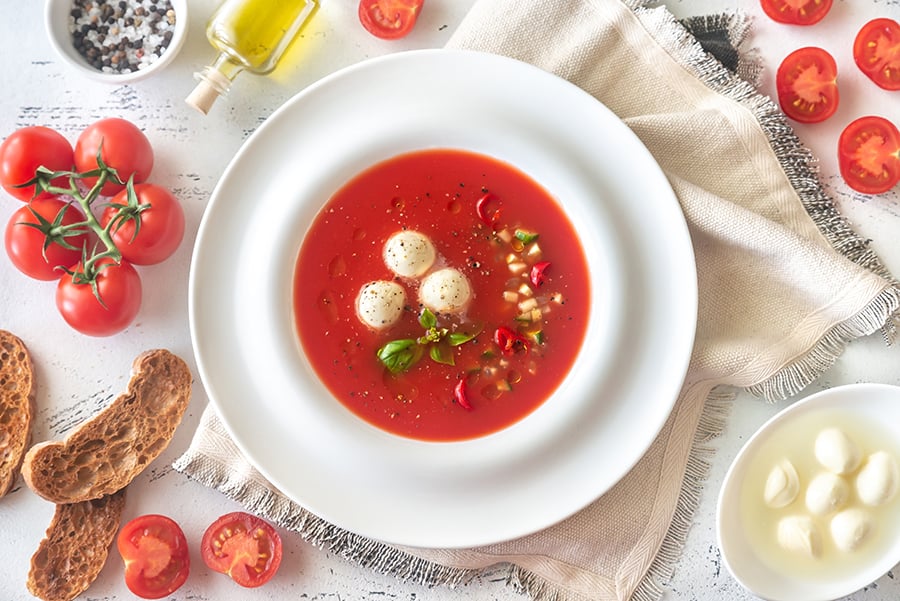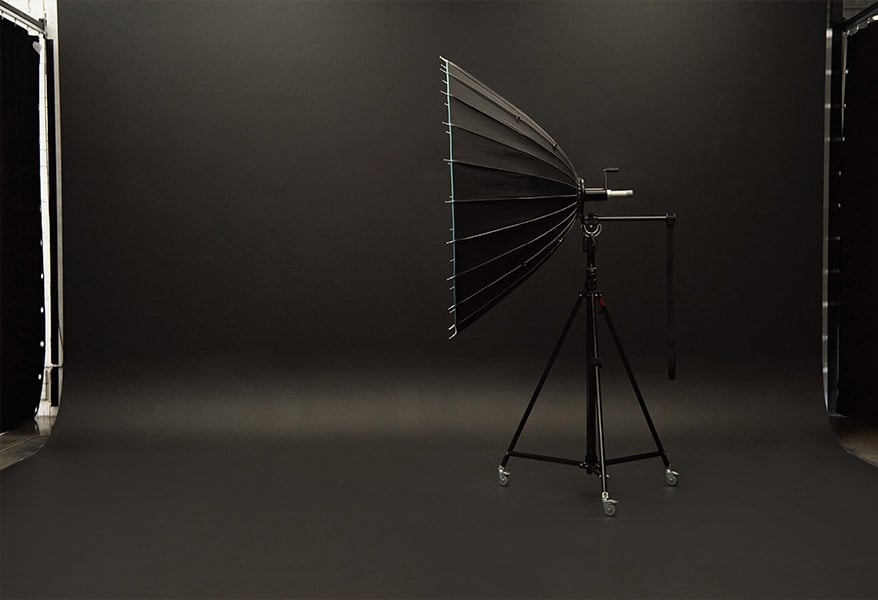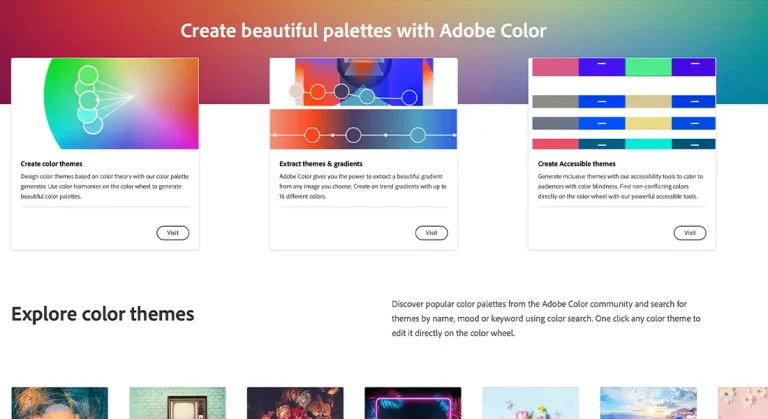10 Essential Steps for Great Flat Lay

- Seek Out Inspiration
Someone once said that there are only about 100 original books in existence. All others are a combination of them, borrowed, reshaped, altered, or otherwise inspired by them to create something else.
The same could be said for art, including flat lays. Nothing exists in a vacuum. Seek out others and look at how they did it. Make a note of what you like, leave the rest, and find ways to incorporate similar ideas into your work.

- Figure Out a Background
In flat lay photography, your background and the main product or item are the main things that draw a viewer’s eye. Since your background is fifty percent of the equation, you should give considerable thought to what you choose.
Do you want something plain and solid or textured and visually attractive? Should it be neutral or vibrant? And what about the feel of it? Are you thinking of something rustic, modern, quirky, or sophisticated? Answer these, and your options will narrow down significantly.
- Gather Your Props
Have you gotten a rough idea of your theme, how you want to arrange your flat lay, and how to shoot it? Now’s the time to put your plan into motion. Grab all the materials, props, and equipment you need and have them on hand.
A camera, tripod, firm posterboard (or another flat surface), your product, and lighting accessories are the absolute essentials.
- Decide on (and Set-Up) Your Light Source
Have you taken care of everything listed so far? Your next job is to decide on your light source and get it set up for your shoot.
The primary consideration here is whether you want to take advantage of natural light or use artificial. Both have their pros and cons. Just remember that natural light will dictate your shooting location and will have elements you might not be able to control!

- Position Your Camera
Even if you’ve still got quite a bit of time to kill before your shoot can get in gear, it’s a good idea to choose and set up your camera and play around with the shot a little.
Don’t be afraid to try out different things in this stage like height, angles, and the like. This will merely ensure you’re better prepared when crunch time finally arrives.
- Prep Your Product(s)
With the camera, light source, and basics of the shoot all squared away, you should move on prepping your product.
You don’t want the main event to start only to discover something’s wrong with the central focus. So, look over your product and make sure it’s clean and in good condition.
Post-production can do amazing things, but it’s best not to rely on them to fix every little wrinkle or tear – especially not when it’s so easily avoided.
- Set Up Your Shot
Lights, camera, action! The shoot is finally ready to begin, and you’ve got to set everything up. Compose the scene.
Lay out all your props where you want them, situate your product, and make sure to leave plenty of space available for any graphics or text you’ll make during the editing process. Once again, don’t be afraid to experiment.
See how your different shot components interact with the others and change your composition however you see fit.

- Tweak the Details
Happy with your composition? Take the time to go back and guarantee that everything’s set up exactly how it should.
The odds are that either your lights or your camera will cause some problem, often accidentally shifted by somebody or off just by a hair.
Tweak this and double-check how your shot looks in the camera. Unwanted shadows can pop up, so you should always pay special attention to this before hitting that shutter button.
- Shoot
You’ve probably repositioned your items, changed up your lighting’s distance, and minutely shifted your camera approximately nine thousand times now, but hold on.
The finish line really is in sight. All you’ve got to do is shoot. Our advice? Opt for a RAW format rather than a JPEG. You’ll capture the most info this way, which can give you additional options in the editing chair.
- Work Your Editing Magic
Congratulations! Your photoshoot is finally done, which means you can move onto the fun stuff – editing.
Don’t forget, even the best flat lay photo can do with some basic edits. Merely changing up your contrast levels and brightness in a good photo editing app can make a world of difference. Add in any text or graphics then, and you’re officially finished.
if you’re looking to increase your online conversion but still feel you are not sure where to start – check out these resources below:







